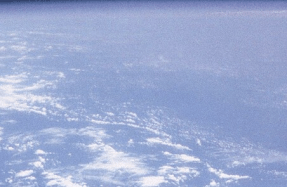DISCOVER DESERTS

Deserts cover one-fifth of Earth’s surface and are fascinating places. Take the Namib Desert in southern Africa. Considered the world’s oldest desert, it has been arid for 55 million years. The Namib reaches the sea along the barren Skeleton Coast, which is named after the shipwrecks that litter the dunes. South of the Skeleton Coast is the Sperrgebiet – which translates as ‘prohibited area’ – where public access is restricted to prevent diamond hunters combing the coastal dunes for gems.
The Namib is a hot desert, with summer temperatures reaching over 40 degrees Celsius, but deserts can be cold too. For instance, the ice-covered continent of Antarctica is Earth’s largest desert. A desert is simply a place where average rainfall amounts to less than 25 centimetres per year. Indeed, some deserts remain rainless for months or even years.
Most of Earth’s hot deserts lie
You’re reading a preview, subscribe to read more.
Start your free 30 days





